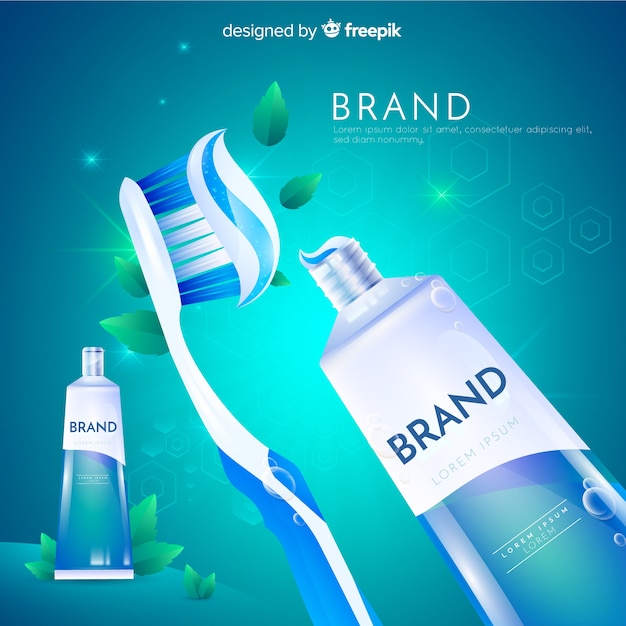
Keratosis pilaris, often appearing as tiny bumps or brown spots on the skin, is commonly found on the upper arms and legs. These bumps, although not typically painful, can become inflamed, leading to a condition called keratosis pilaris rubra faceii. Despite being widespread, many people are unaware of its medical name.
Each bump is essentially a clogged hair follicle filled with dead skin cells and possibly a trapped hair. Scratching these bumps can expose a thin coil of hair, but it is advisable to avoid this as it can cause inflammation and potential infection.
The exact cause of keratosis pilaris remains unknown, though dry skin seems to be a contributing factor. The condition often worsens during dry months and may be influenced by hormonal changes, making it more common during adolescence, pregnancy, and among overweight women.
Though primarily considered a cosmetic issue, the rough, “chicken skin” appearance can be bothersome. Ignoring the condition won’t make it disappear, but there are several home remedies to manage it effectively.
Exfoliation
Regular exfoliation can help reduce the bumps by removing dead skin cells and unclogging the follicles. Visible improvement can be expected within a few weeks, but continuous exfoliation is necessary to maintain smooth skin. Natural scrubs, such as Himalayan salt scrubs, are recommended.
Loofah or Sponge Scrub
Using a natural sponge or loofah during baths can help manage keratosis pilaris. For sensitive skin, a konjac sponge is a gentler alternative. Avoid aggressive scrubbing to prevent irritation and inflammation. After bathing, apply a moisturizer to keep the skin hydrated.
Oatmeal Skin Rub
Mix 2 tablespoons of crushed oatmeal with 2-3 tablespoons of water or milk to create a gentle scrub. Apply to the affected areas, rub in a circular motion, and rinse off. This can leave the skin feeling silky smooth. Alternatively, bundle oatmeal in a muslin cloth and use it as a scrub during a bath. Follow up with a moisturizer.
Olive Oil Skin Rub
Combine 2 tablespoons of olive oil with 3 tablespoons of table salt to create an abrasive rub. Massage onto the skin for a few minutes before washing off with soap. This mixture exfoliates while moisturizing the skin.
Coconut Oil Skin Rub
Mix 2 tablespoons of coconut oil with 2 tablespoons of granulated sugar or brown sugar. Rub the mixture onto the skin in a circular motion before or after bathing. The coconut oil, which has anti-inflammatory properties, is absorbed by the skin, while the sugar provides exfoliation.
Baking Soda and Salt
Combine 2 tablespoons of baking soda with 2 tablespoons of table salt, adding enough water to form a paste. Apply to the affected area, leave for 5-10 minutes, then rub and rinse off. Repeat this 3-4 times a week. The baking soda acts chemically, while the salt provides abrasion.
Apple Cider Vinegar
Apply 3-4 tablespoons of organic apple cider vinegar directly to the skin with a sponge or washcloth. Leave it on for 10-15 minutes before washing off. The vinegar’s acidity helps exfoliate the excess skin cells. Use a moisturizer if the skin becomes too dry.
Yogurt
Apply 3-4 tablespoons of yogurt to the affected area and allow it to dry for 10-15 minutes. Wash off with a gentle soap. The lactic acid in the yogurt provides chemical exfoliation, while the milk fats moisturize the skin.
Alpha Hydroxy Acids (AHAs)
AHAs like citric acid, lactic acid, malic acid, and glycolic acid offer mild to moderate exfoliation. Creams with 10% AHAs can be applied without adverse effects. For sensitive skin, lotions with 5% AHAs are recommended.
Vitamin A/Retinol
Vitamin A and retinol help treat keratosis pilaris by regulating keratin production and reducing inflammation. Apply the contents of Vitamin A capsules to the skin, leave for 10-15 minutes, and wash off. Avoid sun exposure during use as it makes the skin photosensitive.
Diet Modifications
Keeping the skin hydrated by consuming plenty of water, fresh vegetables, and fruits can be beneficial. Foods rich in omega-3 fatty acids, like oily fish and nuts, may also help.
While keratosis pilaris has a genetic component and may not be fully curable, regular gentle exfoliation and constant moisturization can effectively manage and reduce the appearance of the bumps.



